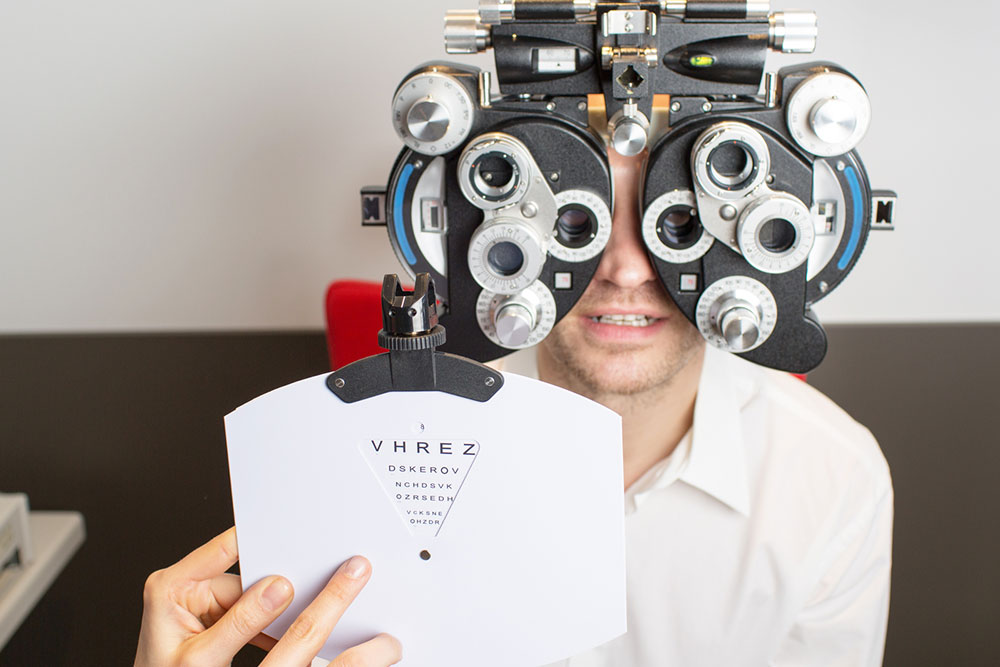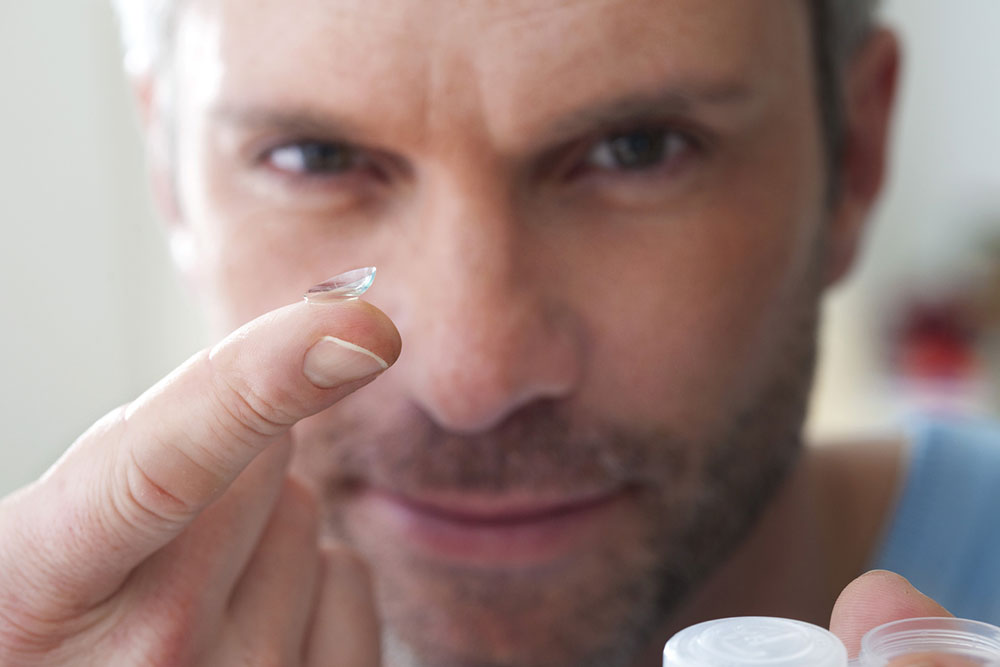
health
5 silent warning signs of hemophilia
Hemophilia is a health condition in which a person’s blood does not clot properly. Individuals usually inherit this disorder from their parents. Hemophilia results from lower levels of certain proteins in a person’s blood. These proteins, known as factor VIII and factor IX, facilitate blood clotting if people sustain cuts or wounds. To diagnose this condition, doctors look out for certain typical indicators in a person’s body, some of which include: 1. Wounds that do not heal The central problem in hemophilia is the body’s inability to heal wounds quickly. This is why people with this condition will lose a lot of blood whenever they sustain any kinds of bruises, cuts, or wounds. Additionally, the wounds and bruises in such individuals’ bodies remain fresh and, as a result, cause a lot of pain for extended periods. As this condition is primarily caused by a marked deficiency in factor VIII and factor IX levels in the body, treatments for this health condition also involve attempts to restore those levels for quick and efficient blood clotting. 2. Frequent cuts and bruises While cuts, wounds, and bruises are common in most people’s everyday lives, someone with hemophilia experiences them much more frequently than others without the condition.
Read More 
















